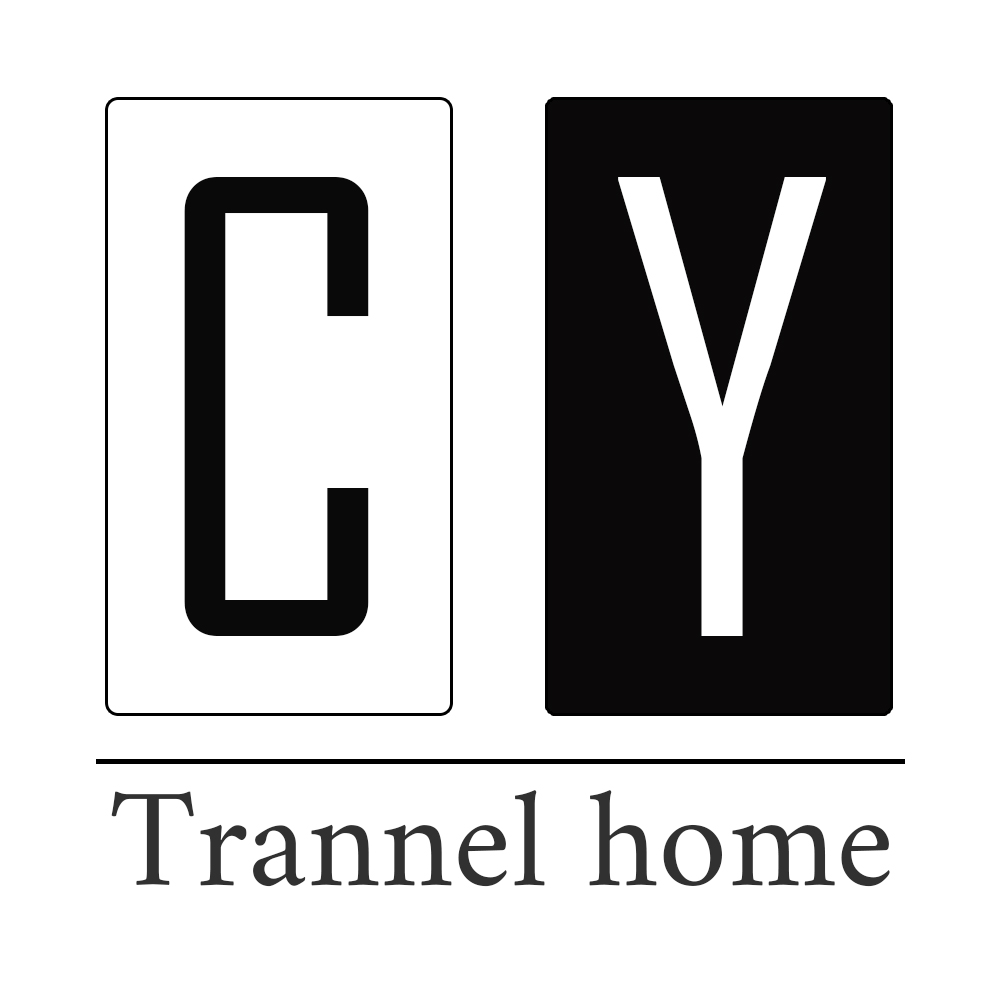Introduction
- Overview of the U.S. furniture market’s demand for upholstered dining chairs, sofas, and coffee tables.
- Growing trends in consumer preferences for high-quality, durable, and stylish home furniture.
- The role of imports, particularly from China, in fulfilling U.S. market demands.
1. Current Demand for Upholstered Furniture in the U.S.
- Key trends driving the demand for upholstered dining chairs, sofas, and coffee tables: comfort, design, and functionality.
- U.S. consumer preferences for specific materials and upholstery types (linen, velvet, leather, etc.).
- Popular design styles: mid-century modern, contemporary, transitional, and Scandinavian influences.
2. The Role of Chinese Imports in the U.S. Upholstered Furniture Market
- Historical overview of China’s dominance in the global furniture market, particularly in upholstered furniture.
- The advantages of importing upholstered dining chairs, sofas, and coffee tables from China: cost-effectiveness, vast production capabilities, and competitive pricing.
- The current market share of Chinese imports in the U.S. compared to other international suppliers.
3. Challenges to Chinese Imports in the U.S. Market
a. Tariffs and Trade Barriers
- The impact of tariffs on Chinese furniture imports, particularly for mid- and high-end upholstered furniture.
- How tariffs have affected pricing and profitability, leading to shifts in market dynamics.
b. Growing Local Production and Domestic Competitiveness
- The increasing capabilities of U.S. manufacturers and the trend toward reshoring furniture production.
- How local production might influence consumer preferences for domestic goods over imports.
c. Quality Perception and Trust Issues
- Addressing concerns about the quality of Chinese-made upholstered furniture, particularly in the high-end segment.
- The need for Chinese manufacturers to enhance transparency and build consumer trust regarding product quality and materials.
d. Supply Chain Delays and Logistics Challenges
- Ongoing issues with long shipping times, customs clearance, and transportation delays.
- How supply chain disruptions due to global events like the COVID-19 pandemic and geopolitical tensions have impacted Chinese imports.
4. Opportunities for Chinese Imports to Maintain or Grow Market Share
a. Competitive Pricing and Value Proposition
- The continued advantage of cost-effective manufacturing in China, offering affordable options without compromising quality.
- How Chinese manufacturers can offer competitive prices to U.S. consumers, particularly in the mid-range market.
b. Rising Demand for Sustainable Furniture
- The growing trend toward sustainability in the U.S., with consumers demanding eco-friendly materials and ethical production.
- Opportunities for Chinese manufacturers to meet this demand by offering sustainably sourced wood, eco-friendly fabrics, and energy-efficient production methods.
c. Customization and Design Innovation
- U.S. consumers’ growing interest in personalized and unique furniture pieces.
- How Chinese manufacturers can leverage their vast design and production capabilities to offer customizable options in upholstered dining chairs, sofas, and coffee tables.
- The importance of tapping into emerging design trends to attract U.S. consumers, such as sustainable designs or hybrid styles.
d. E-commerce and Direct-to-Consumer Sales
- The increasing shift toward online furniture shopping in the U.S.
- How Chinese manufacturers can capitalize on e-commerce platforms and direct-to-consumer sales models to bypass traditional retail channels and reach U.S. consumers more effectively.
- Strategies for building a strong online presence through digital marketing and innovative online sales strategies.
e. Quality Control and Certifications
- The importance of meeting international quality standards and acquiring certifications (e.g., FSC for wood sourcing, eco-certifications for fabrics).
- How Chinese manufacturers can enhance their credibility by ensuring high-quality products that meet U.S. safety and environmental standards.
5. Will Imports from China Still Win?
- Analyzing whether Chinese imports will continue to dominate the U.S. market or whether domestic production and other international suppliers will take a larger share.
- The need for Chinese manufacturers to adapt to shifting consumer expectations, including higher quality, sustainability, and faster delivery times.
- How innovations in production, design, and logistics will determine the future of Chinese upholstered furniture imports in the U.S.
Conclusion
- Recap of the challenges and opportunities facing Chinese imports in the U.S. furniture market.
- The future outlook for upholstered dining chairs, sofas, and coffee tables in the U.S. market, with Chinese manufacturers needing to focus on quality, sustainability, and innovation to remain competitive.
- A call to action for Chinese manufacturers to continuously adapt and evolve with changing market demands in order to thrive in the U.S. furniture market.
This outline delves into the current demand for upholstered furniture in the U.S., challenges facing Chinese imports, and the opportunities that still exist for them to thrive. Would you like to expand on any specific areas or trends?



